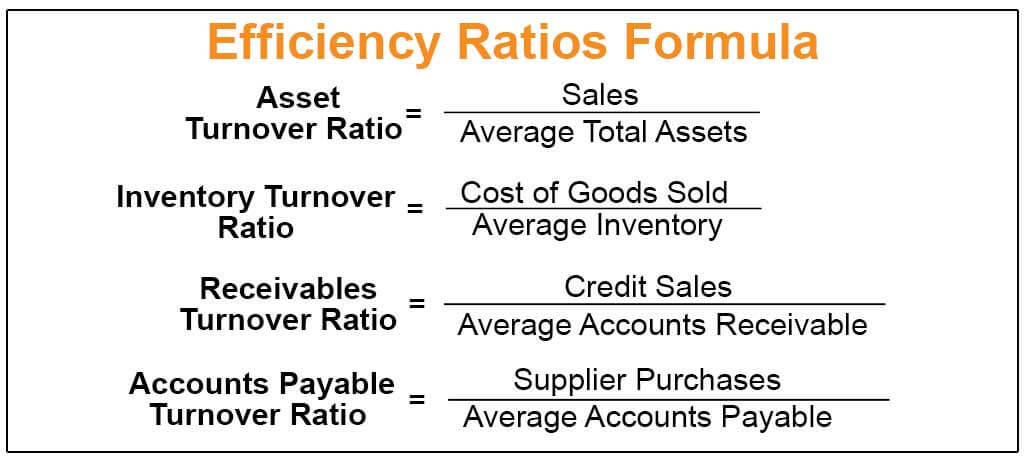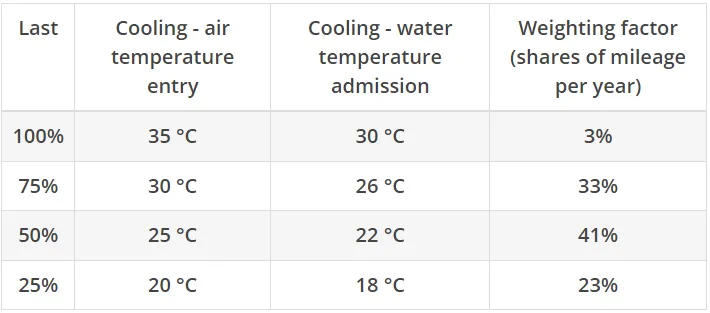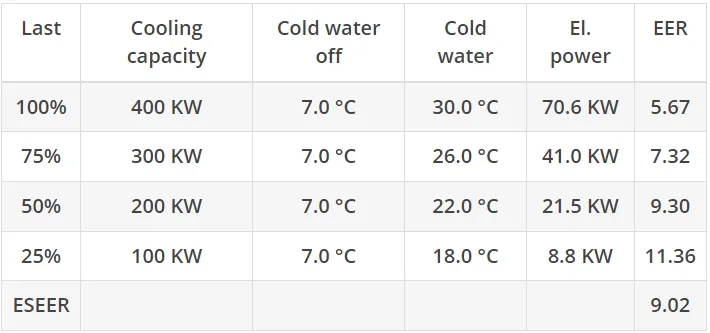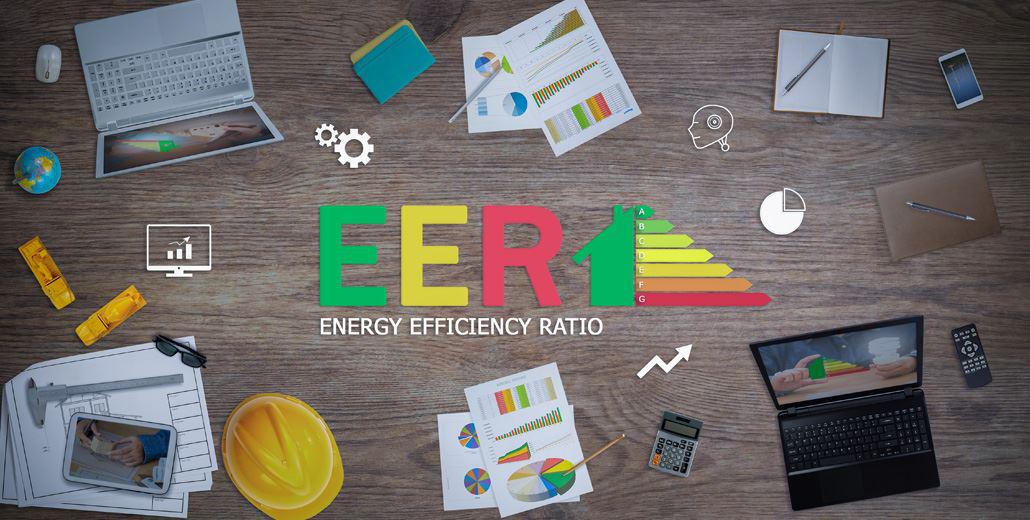How To Calculate Energy Efficiency Ratio
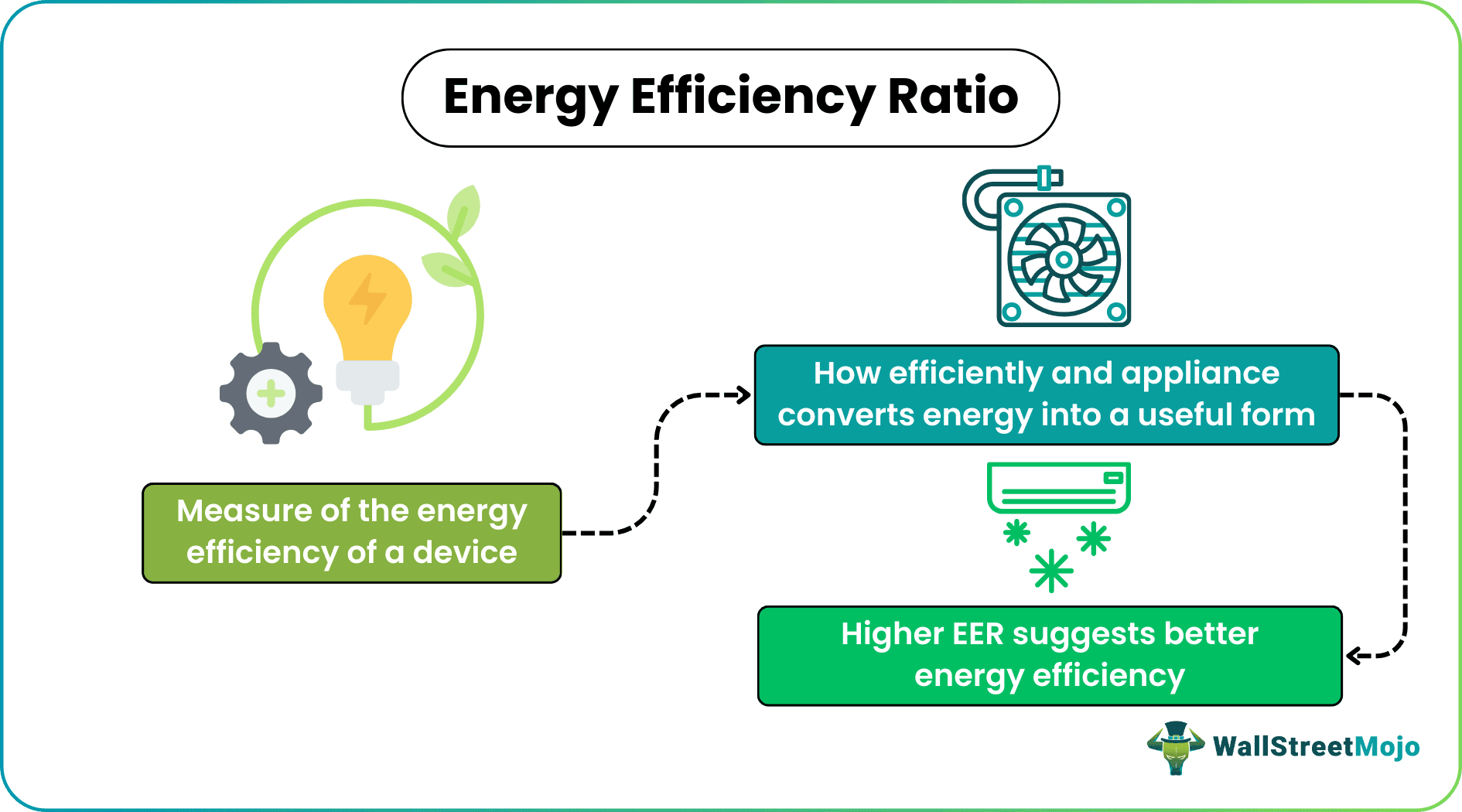
Frequently Asked Questions About Calculating Energy Efficiency Ratio (EER)
The Energy Efficiency Ratio (EER) is a crucial metric for understanding the efficiency of cooling appliances, especially air conditioners. It helps you compare different models and make informed decisions about energy consumption and costs. Here are some frequently asked questions to help you understand and calculate EER:
Q1: What exactly is the Energy Efficiency Ratio (EER) and why is it important?
EER stands for Energy Efficiency Ratio. It's a rating that tells you how efficiently a cooling appliance, typically an air conditioner, can cool a space for each unit of energy it consumes. A higher EER indicates a more efficient appliance, meaning it can provide more cooling with less electricity.
Why is it important?
- Cost Savings: A higher EER translates to lower energy bills. Efficient appliances use less electricity to achieve the same level of cooling.
- Environmental Impact: Lower energy consumption reduces the demand on power plants, leading to a smaller carbon footprint and reduced greenhouse gas emissions.
- Informed Purchasing: EER allows you to compare the efficiency of different air conditioning models and choose the most cost-effective and environmentally friendly option.
Q2: What is the formula for calculating EER, and what do the terms mean?
The formula for calculating EER is relatively straightforward:
EER = Cooling Output (BTU) / Energy Input (Watts)
Let's break down each term:
- Cooling Output (BTU): This represents the amount of heat the air conditioner can remove from a room in one hour. It's measured in British Thermal Units (BTU). A higher BTU rating means the unit can cool a larger space. This value is usually clearly stated on the air conditioner's specification label.
- Energy Input (Watts): This is the amount of electrical power the air conditioner consumes in one hour. It's measured in Watts. This value is also typically listed on the air conditioner's specification label.
Example: An air conditioner with a cooling output of 10,000 BTU and a power consumption of 1,000 Watts would have an EER of 10 (10,000 BTU / 1,000 Watts = 10).
Q3: Where can I find the BTU and Wattage information needed to calculate the EER of my air conditioner?
Finding the necessary information is usually quite easy. Look for the following:
- Manufacturer's Label: The most reliable source is the manufacturer's label, which is typically affixed to the side or back of the air conditioning unit. This label should clearly state both the cooling capacity (BTU) and the power consumption (Watts).
- Product Manual/Specification Sheet: If you have the product manual or specification sheet, you can find the BTU and wattage information there.
- Online Product Listing: If you're researching a new air conditioner, the online product listing on the manufacturer's website or retailer's website will usually provide the specifications.
Important Note: Make sure the information you find is for the specific model you own or are considering purchasing. Variations in models can affect the BTU and wattage values.
Q4: What is considered a good EER rating? What's the difference between EER and SEER?
A higher EER rating is always better, indicating greater energy efficiency. While there's no single "good" EER rating, here's a general guideline:
- Below 8: Generally considered inefficient.
- 8 - 10: Moderate efficiency.
- Above 10: Good to excellent efficiency.
EER vs. SEER: It's important to understand the difference between EER and SEER:
- EER (Energy Efficiency Ratio): Measures efficiency at a specific point, typically under peak operating conditions (e.g., high temperature and humidity). It reflects performance under a specific set of standardized conditions.
- SEER (Seasonal Energy Efficiency Ratio): Measures efficiency over an entire cooling season, taking into account varying temperatures and humidity levels. It provides a more realistic estimate of energy consumption throughout the year. SEER is calculated based on a range of temperatures, simulating the actual use of the air conditioner across a cooling season.
In many regions, SEER is the primary metric used for labeling and regulations. While EER offers a snapshot of performance, SEER provides a broader picture of overall efficiency. If you have a choice, SEER is generally a better indicator of long-term energy savings. Regulations and minimum SEER standards vary by region. In the US, for example, most new air conditioners must meet a minimum SEER rating.
Q5: How does EER relate to my energy bill, and how can I use it to estimate savings?
EER is directly related to your energy bill. A higher EER means your air conditioner uses less electricity to produce the same amount of cooling, which translates to lower energy consumption and, consequently, a lower bill.
Estimating Savings: While a precise calculation requires knowing your electricity rate and usage patterns, you can get a rough estimate of potential savings by comparing the EER of your current air conditioner to a more efficient model.
Here's a simplified approach:
- Determine Cooling Needs: Estimate the total BTU required for your space. You can use online calculators or consult with an HVAC professional.
- Calculate Energy Consumption: For both your current and the potential new unit: Watts = BTU / EER.
- Calculate Daily Energy Cost: (Watts / 1000) * hours of operation per day * electricity rate (cost per kWh).
- Compare Costs: Subtract the daily energy cost of the new unit from the current unit.
- Annual Savings: Multiply the daily savings by the number of cooling days in a year.
Example:
- Current unit: EER = 8, BTU = 10,000
- New unit: EER = 12, BTU = 10,000
- Electricity rate: $0.15 per kWh
- Daily Operation: 8 hours
- Current Unit Watts: 10000 / 8 = 1250 Watts
- New Unit Watts: 10000 / 12 = 833.33 Watts
- Current Daily Cost: (1250/1000) * 8 * $0.15 = $1.50
- New Daily Cost: (833.33/1000) * 8 * $0.15 = $1.00
- Daily Savings: $1.50 - $1.00 = $0.50
- Annual Savings (120 Cooling Days): $0.50 * 120 = $60
This is a simplified example. Actual savings may vary depending on usage, climate, and other factors. Always consult with a professional for a more accurate assessment.
Q6: Are there any other factors besides EER that I should consider when choosing an air conditioner?
Yes, EER is an important factor, but it's not the only one. Consider these additional aspects:
- SEER (Seasonal Energy Efficiency Ratio): As mentioned earlier, SEER provides a more comprehensive measure of seasonal efficiency. Prioritize SEER ratings when making purchasing decisions.
- Size (BTU): Choose the correct BTU rating for the size of the room or area you need to cool. An undersized unit will struggle to cool effectively, while an oversized unit will cycle on and off frequently, wasting energy and reducing comfort.
- Type of Air Conditioner: Different types of air conditioners (window units, portable units, split systems, central air) have varying efficiency levels and suitability for different spaces.
- Features: Look for features like programmable thermostats, energy-saving modes, and variable-speed compressors, which can further enhance energy efficiency.
- Installation: Proper installation is crucial for optimal performance and efficiency. Poor installation can lead to air leaks and reduced cooling capacity.
- Maintenance: Regular maintenance, such as cleaning filters and coils, is essential for maintaining efficiency and extending the lifespan of your air conditioner.
- Refrigerant Type: Newer air conditioners use more environmentally friendly refrigerants with lower global warming potential.
Q7: Is there a government program or rebate that might help me upgrade to a more energy-efficient unit?
Yes, many government programs and utility companies offer rebates and incentives for purchasing energy-efficient appliances, including air conditioners. These programs are designed to encourage consumers to adopt energy-saving technologies and reduce overall energy consumption.
- Federal Tax Credits: Check for federal tax credits for energy-efficient appliances on the U.S. government's energy website.
- State and Local Rebates: Many states and local governments offer rebates and incentives for energy-efficient appliances. Search your state's energy website or contact your local utility company for information.
- Utility Company Programs: Utility companies often have their own programs to promote energy efficiency, including rebates for new appliances and energy audits.
Before purchasing a new air conditioner, research available rebates and incentives to maximize your savings. Be sure to check the eligibility requirements and application process for each program.

